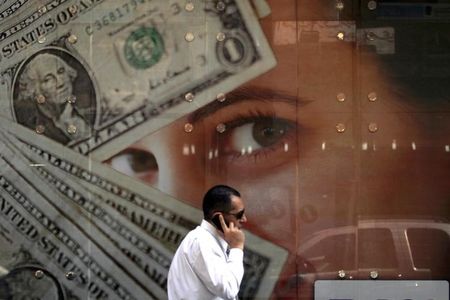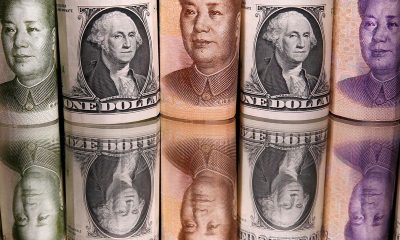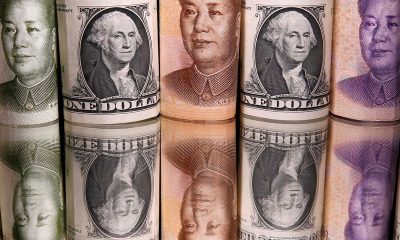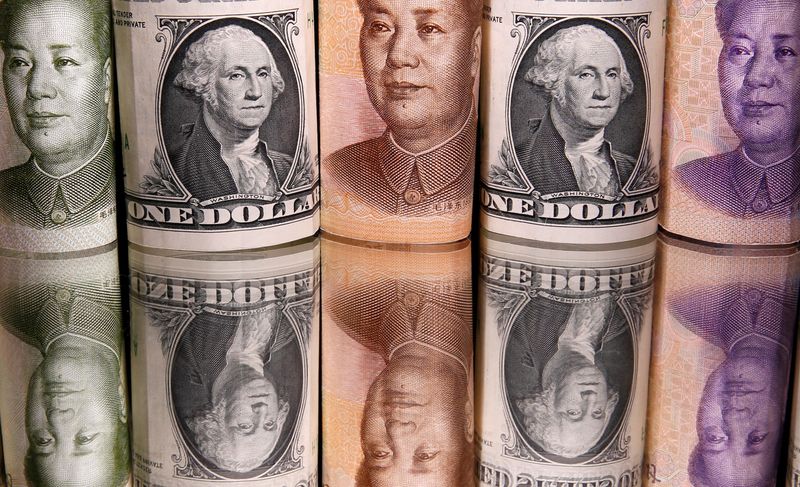Forex
Tactically fade the USD rally this week, says BofA

Investing.com — Bank of America analysts said they are comfortable tactically fading the recent rally in the U.S. dollar this week, citing multiple reversal signals and market dynamics.
The bank’s FX Quant Insight report highlights factors such as lower U.S. Treasury yields, reduced USD demand, and a holiday-shortened trading week in the U.S.
“We are comfortable to tactically fade the USD rally this week on trend reversal signals, lower U.S. yield, and the U.S. holiday,” BofA wrote.
The dollar’s month-to-date strength is said to have been primarily driven by U.S. and Asia-based trading sessions.
However, the bank’s analysts expect muted activity during U.S. trading hours this week due to the Thanksgiving holiday, which could dampen the momentum behind the greenback’s gains.
A key signal in the report is BofA’s bullish view on , identifying it as the best currency pair to fade USD strength.
“Our quant framework is bullish NZD/USD this week on the back of NZD call option flow and the spot trend reversal signal,” the analysts noted.
Improved NZD valuation is said to add to the appeal, although BofA notes that risks remain, such as a more dovish-than-expected Reserve Bank of New Zealand (RBNZ) meeting.
Additionally, the bank’s technical models show USD uptrend reversal signals against the New Zealand dollar, British pound, and Swedish krona.
For GBP bulls, the bank said it would be positioning for a lower structure, as “option demand for EUR calls remains muted, and trend analysis shows several downtrend continuation signals for EUR-pairs.”
A 7-basis-point drop in 10-year U.S. Treasury yields, influenced by the nomination of Treasury Secretary Bessent, further supports a bearish USD view.
“Bessent has advocated a more gradual roll-out and transactional nature of tariffs policy, reducing bullish USD risk premium,” BofA wrote.

 Forex3 years ago
Forex3 years agoForex Today: the dollar is gaining strength amid gloomy sentiment at the start of the Fed’s week

 Forex3 years ago
Forex3 years agoUnbiased review of Pocket Option broker

 Forex3 years ago
Forex3 years agoDollar to pound sterling exchange rate today: Pound plummeted to its lowest since 1985

 Forex3 years ago
Forex3 years agoHow is the Australian dollar doing today?

 Cryptocurrency3 years ago
Cryptocurrency3 years agoWhat happened in the crypto market – current events today

 World3 years ago
World3 years agoWhy are modern video games an art form?

 Commodities3 years ago
Commodities3 years agoCopper continues to fall in price on expectations of lower demand in China

 Economy3 years ago
Economy3 years agoCrude oil tankers double in price due to EU anti-Russian sanctions


























